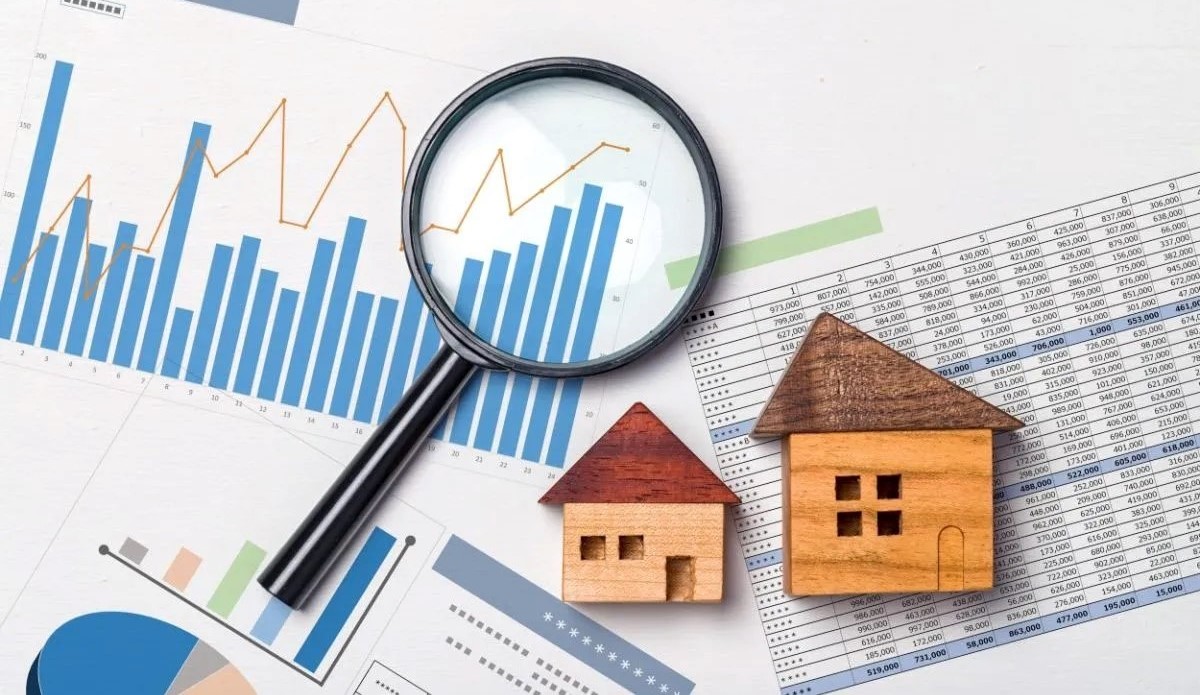Canadians are more excited at the thought of cheap credit than actually getting it. Statistics Canada (Stat Can) data shows household credit grew in August—though at a slower rate than the month before. The mild acceleration in borrowing ahead of rate cuts reversed once the actual cuts were made. It potentially serves as a red flag that households are facing much harsher conditions than just the cost of borrowing.
Canadian Households Owe Nearly $3 Trillion In Debt
Canadian households still racked up more debt, but they’re starting to look a little tired of borrowing. Household debt climbed 0.3% (+$7.7 billion) to $2.98 trillion in August, leaving the balance 3.5% (+$102.0 billion) higher than last year. Despite the fairly lofty-sounding growth, it’s unusually slow in the context of Canada—it advanced at a rate only slightly larger than the population. The annual rate also fell, reversing the minor advance seen in the prior two months.
Household debt is composed of two segments—mortgage and consumer debt. Mortgage debt rose 0.4% (+$9.3 billion) to $2.22 trillion in August. Annual growth came in at 3.4% (+$73.1 billion) for the month, reversing the slight acceleration observed in the prior two months. It’s not the slowest, but it’s pretty close to the low—and likely unexpected with falling rates.
Canadian Household Debt Is Slowing Despite Falling Rates

Source: Statistics Canada.
Consumer debt is growing at a faster rate, but represents a much smaller share of total debt. The segment climbed 0.3% (+2.5 billion) to $771.82 billion in August. It’s 3.9% (+$29 billion) higher than last year, but also saw a slight deceleration and rolled back the minor jump it had in July.
Canadian Credit Consumption Is Slowing Despite Falling Rates
Cheaper rates are supposed to stimulate more borrowing, but there’s some indication the opposite is happening. The 3-month annualized rate of growth, used by the BoC, fell to 3.2% in August. That’s the worst reported in August for quite some time, and more importantly a sharp drop off. Back in June, the 3-month annualized growth was larger for 2024 than the same period in 2023, indicating borrowing may have picked up. The euphoria of anticipating rate cuts was apparently more of a motivator to borrow than the actual decline in borrowing costs.
What the slow growth means is a bit of a mixed bag. Higher interest costs tend to slow credit growth by design and ideally stimulate more productive investment. After all, if non-productive asset price growth due to credit expansion isn’t present, investors will scale output to hit their targets.
At the same time, this is unusually slow growth that isn’t responding to rate cuts thus far. It’s barely faster than the population is advancing, indicating the problems may be more widespread than just access to more credit. Especially when one considers rising unemployment and mortgage delinquencies.



















 English (US) ·
English (US) ·